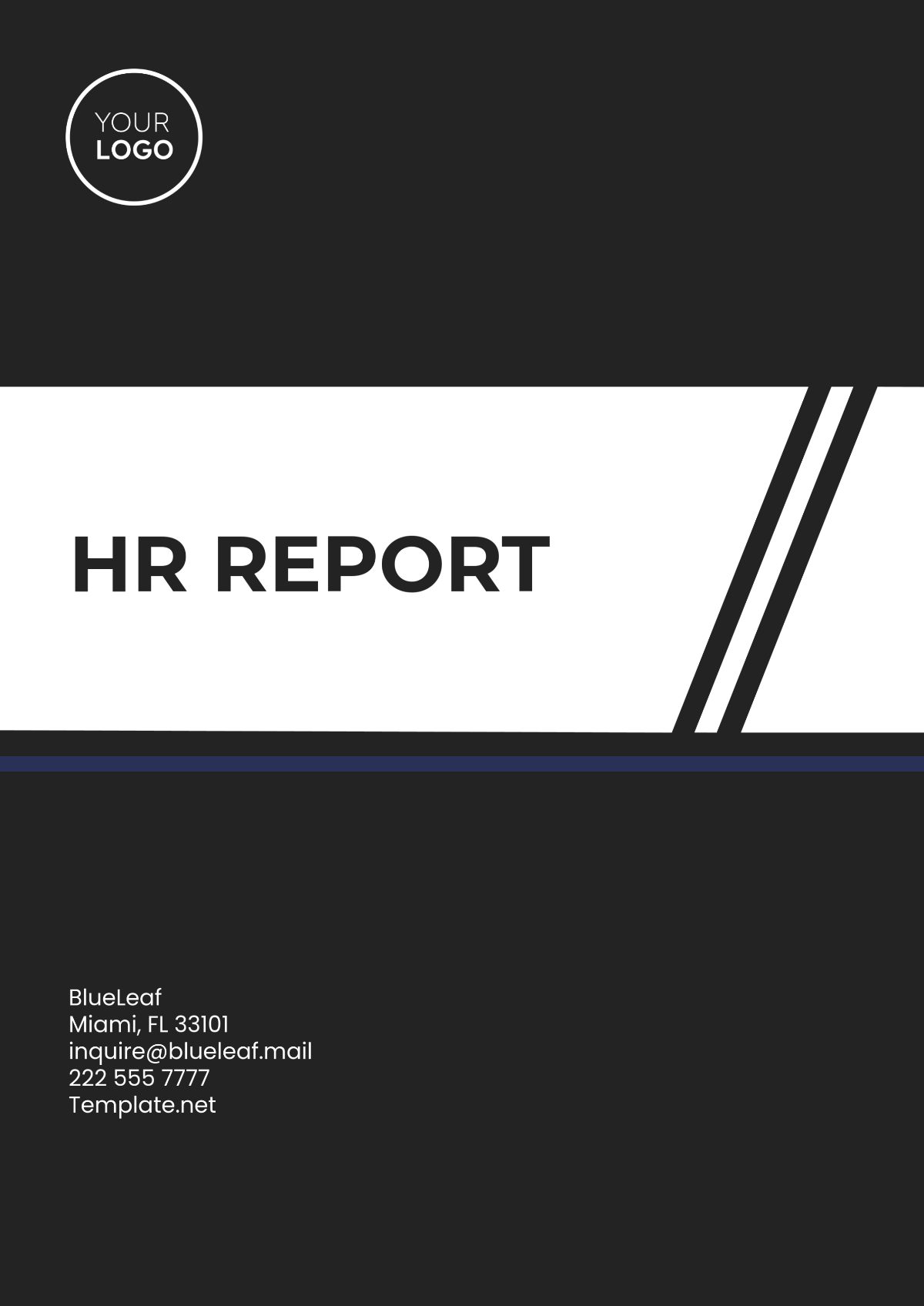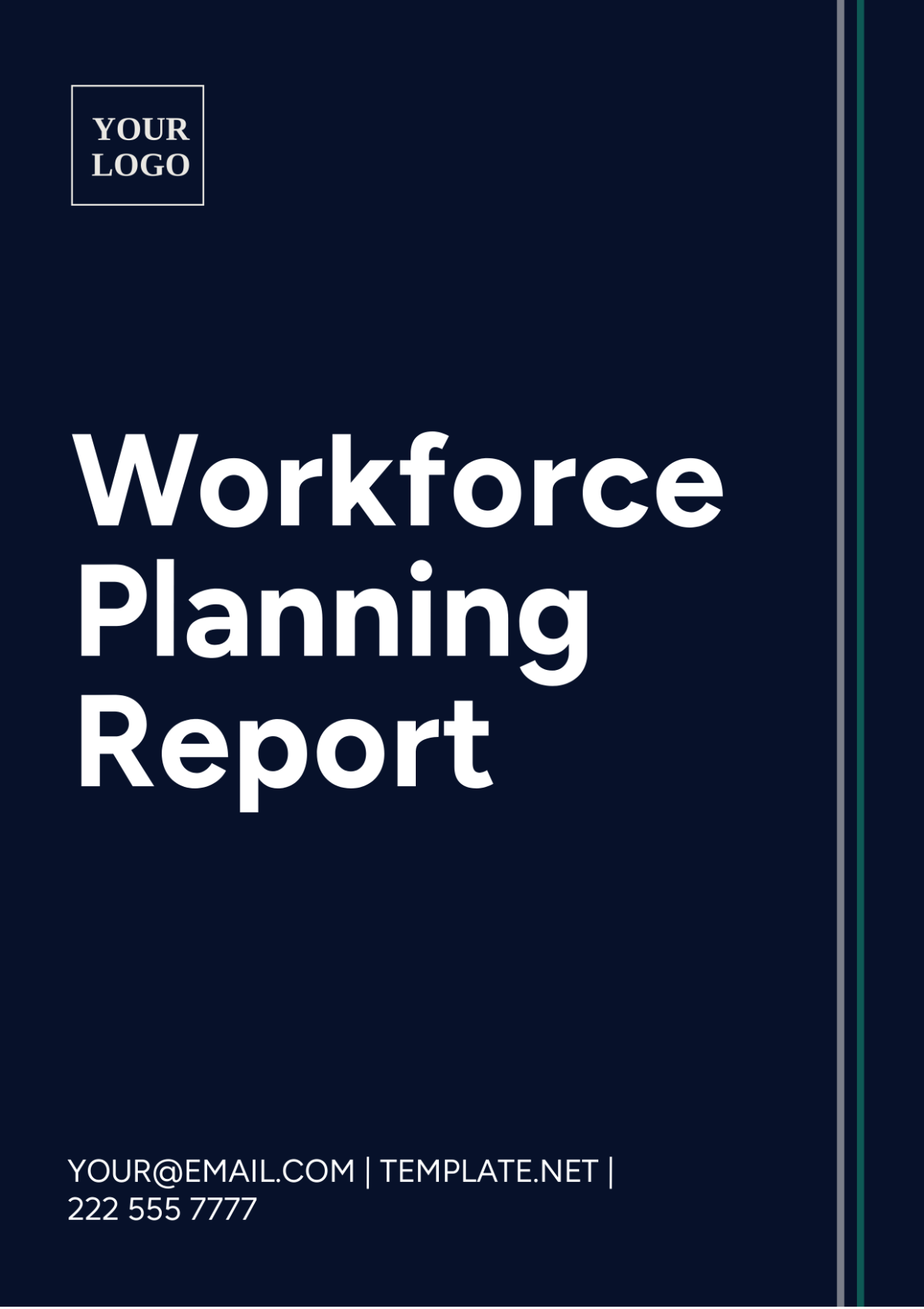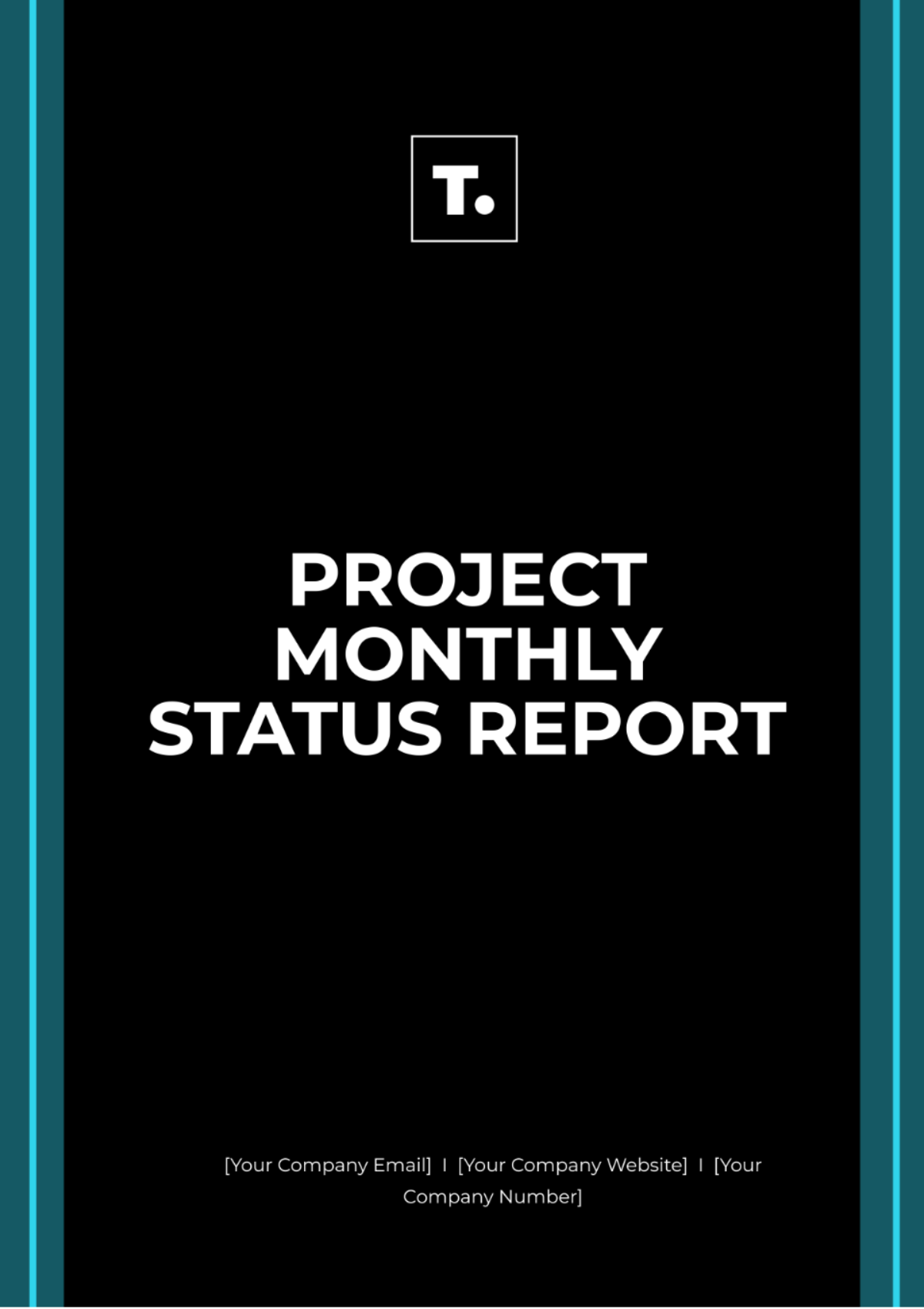Benefits Distribution Report HR
Prepared by: [Your Name]
Company: [Your Company Name]
Date: [Insert Date]
This report provides a comprehensive analysis of the distribution of benefits within the organization. The primary objective is to evaluate the equitable distribution of benefits and ensure that they align with the organization's strategic goals and employee satisfaction. The report will delve into various types of employee benefits, their current distribution, and recommendations for improvement.
Introduction
The modern workforce is increasingly concerned with comprehensive benefits packages that address not only monetary compensations but also other aspects of employees' well-being. This report aims to scrutinize how benefits are distributed among employees, identify existing gaps, and suggest potential enhancements.
Types of Employee Benefits
Employee benefits are classified into various categories. A systematic understanding of these types helps in the accurate analysis of their distribution.
Health Benefits: Including medical, dental, and vision insurance.
Retirement Benefits: 401(k) plans, pensions.
Work-Life Balance: Paid time off, flexible working hours, remote working options.
Professional Development: Training programs, conferences, tuition reimbursement.
Miscellaneous Benefits: Employee discounts, wellness programs, commuter benefits.
Current Distribution of Benefits
The following section details the current distribution of various employee benefits within the organization.
Health Benefits
Type of Health Benefit | Percentage of Employees Enrolled |
|---|---|
Medical Insurance | 85% |
Dental Insurance | 75% |
Vision Insurance | 70% |
Retirement Benefits
Type of Retirement Benefit | Percentage of Employees Participating |
|---|---|
401(k) Plans | 60% |
Pensions | 30% |
Work-Life Balance
The organization offers several options to maintain a healthy work-life balance. Notably:
70% of employees utilize flexible working hours.
50% of employees avail remote working options.
90% of employees make use of paid time off.
Professional Development
Professional development is critical for career advancement and job satisfaction. The current offerings and participation are as follows:
Political Training Programs: 60% participation.
Conferences: 40% attendance.
Tuition Reimbursement: 20% avialement.
Miscellaneous Benefits
These benefits, while varied, significantly enhance employee satisfaction and retention. The participation rates are:
Employee discounts: 80% utilization.
Wellness programs: 55% involvement.
Commuter benefits: 65% usage.
Analysis and Observations
The analysis of the current benefits distribution reveals several key observations:
While health benefits are robust, there is a marginally lower engagement with dental and vision insurance.
Retirement benefits participation is moderate, indicating a need to enhance employee awareness and possibly the attractiveness of these packages.
Work-life balance offerings are well-utilized, suggesting they are aligned with employee expectations.
Participation in professional development programs shows room for improvement, potentially hindered by lack of awareness or perceived lack of opportunity.
The utilization of miscellaneous benefits indicates a positive reception but also presents opportunities for increased participation.
Recommendations
Based on the analysis, the following recommendations are proposed to improve benefits distribution:
Enhance Communication: Regularly update employees on available benefits and their usage procedures.
Increase Engagement with Retirement Plans: Introduce workshops and personal financial planning sessions to highlight the importance of retirement planning.
Boost Professional Development: Expand the scope and awareness of available opportunities, and encourage management to actively support professional growth.
Revamp Wellness Programs: Tailor programs to address employee needs more effectively, possibly incorporating feedback mechanisms to continually adapt offerings.
Conclusion
Overall, this benefits distribution report highlights the strengths and areas for improvement in the current benefits scheme. Implementing the outlined recommendations could significantly enhance employee satisfaction and retention, ultimately aligning more closely with organizational goals.


















